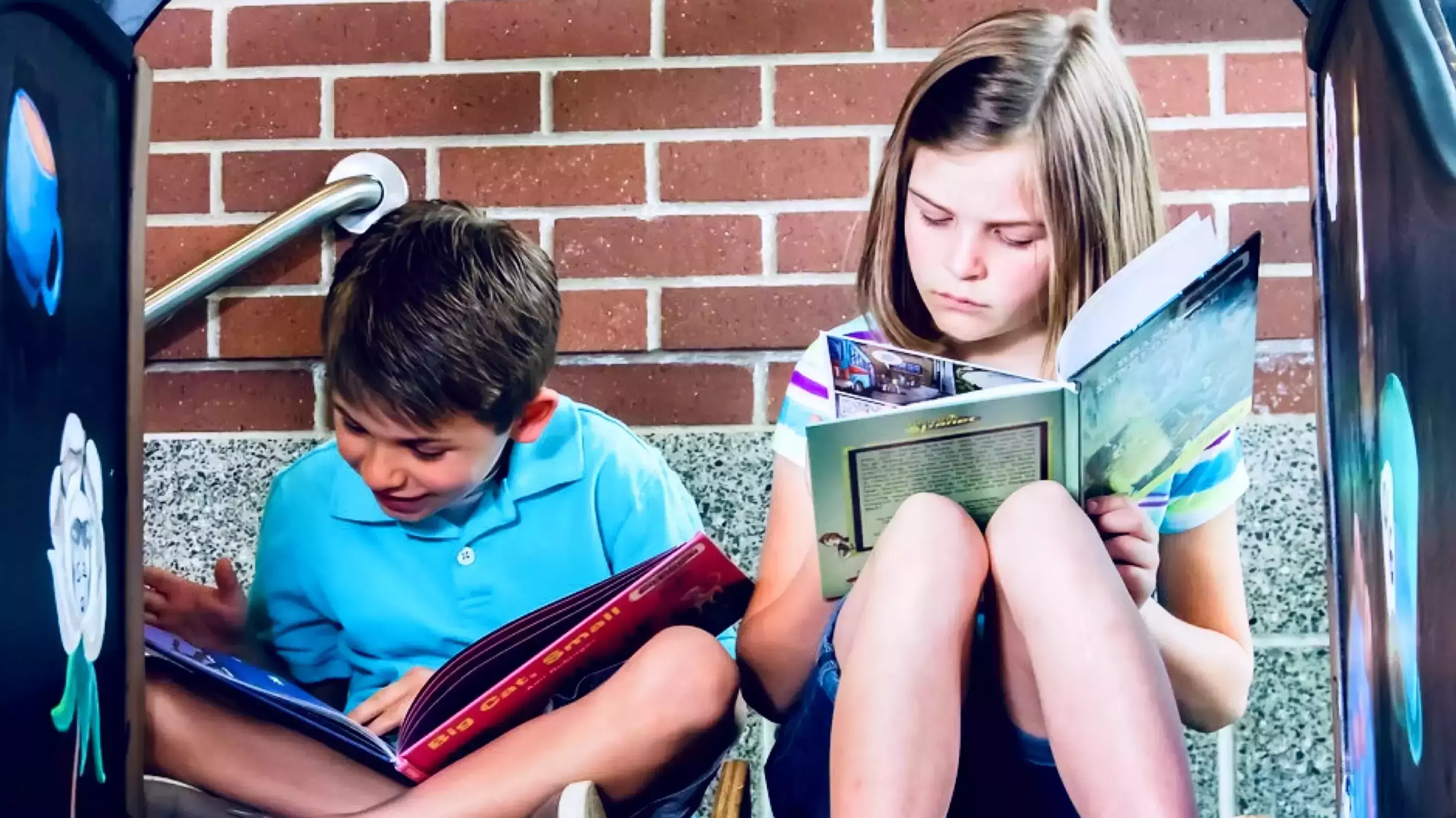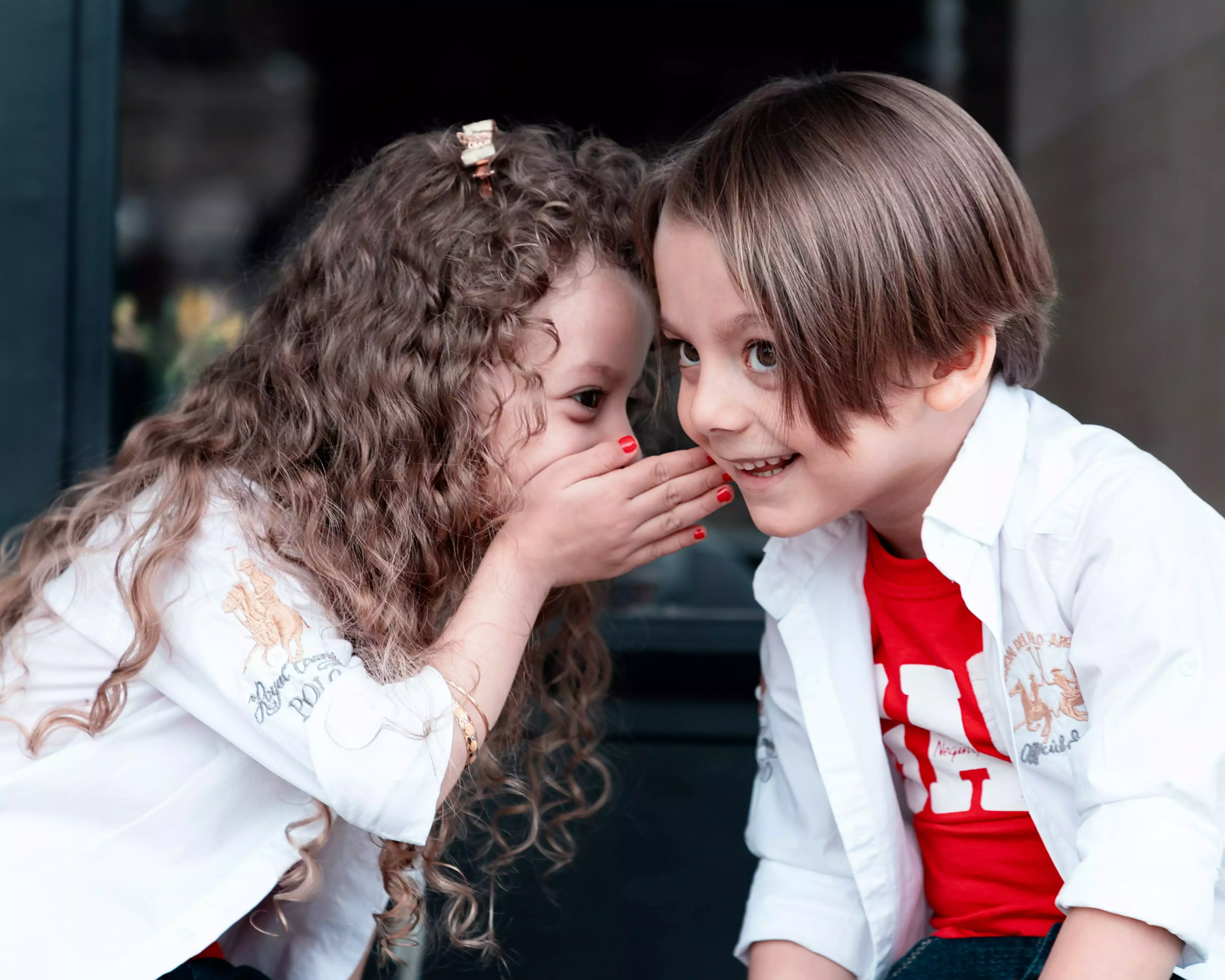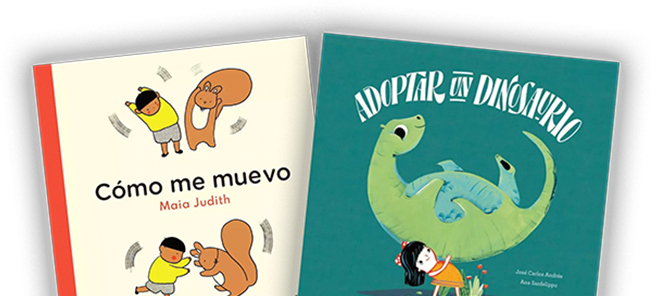
Bilingual kids gain more than just language skills from their reading; research shows that children who speak more than one language show greater conflict resolution skills. This comes in addition to previous findings that support bilingualism as a powerful tool in emotional intelligence, social awareness, and empathetic communication.
A diverse reading habit helps create a multicultural worldview that influences your child throughout their lives. In addition to relating more to others, Spanish & bilingual children’s books also help kids better understand themselves.
When paired with the inclusivity and curiosity that naturally arises through bilingualism, children are more likely to become stronger communicators and better friends.
In this post, we’ll explore the benefits of bilingualism in conflict resolution.
Increased Empathy
Early language exposure helps children learn more than a new vocabulary; they also develop a broader worldview that helps them see problems and understand feelings from other people’s perspective.
It’s not enough for a child to merely hear spoken words; in order to really connect with people who speak a language, they need an emotional connection to it as well.
One of the most profound and accessible ways parents can teach kids empathy is by reading stories together. Books offer relatable, age-appropriate examples of real-world problems that children can later apply in their own lives.
Their favorite stories offer a glimpse into others’ minds, showing children that we all have feelings and thoughts that matter, even when they’re different from someone else’s.
Understanding others builds tolerance, one of the most important elements of conflict resolution. Even as adults, we often run into disagreements that become infinitely harder when we aren’t willing to accept someone else’s perspective.
Through empathy-building bilingual children’s books, you can help your child learn to acknowledge and respect others’ views, even when they don’t agree with them.
More Compassion
Understanding others is the first step toward better relationships. Next is compassion, which helps children care for others, act with kindness, and feel compelled to help others. Compassion is something humans are born with, but that doesn’t mean we always use it as much as we should.
Through Spanish children’s books, we can illustrate in vivid imagery and prose how wonderful it is to be a good friend to ourselves and others.
The best part is that books speak in a language kids understand. It’s often difficult to describe such complex feelings in simple words. Authors do an amazing job at showing rather than telling.
Kids are highly perceptive, and their heightened awareness means they take away far more than we realize from everything they encounter. The stories we share with them are really opportunities to teach important skills and life lessons that can shape their entire identity.

Increased Communication
When kids fight, it’s not uncommon to see frustration turn to tears quickly. We see it all too often among siblings and on the playground. What starts off as a harmless disagreement quickly turns into a storm of screams and insults, leaving children with hurt feelings and unresolved anger.
While children need adults to help guide them during these periods, they can also learn skills that allow them to avoid a lot of the unpleasantries.
Bilingual children display greater social-emotional skills than their monolingual peers; they tend to be more in-touch with another person’s thoughts, emotions, and desires, so they have a deeper understanding of how to choose the best words and actions in a given situation.
Interestingly, bilingual children also show greater awareness of communication features, such as body language and intonation. Being able to “read between the lines” ultimately makes it easier for children to have healthier communication with others.
Teaching kids conflict resolution isn’t easy because there are so many underlying components; but if there is one skill that applies to every situation, it’s communication. Children have to learn not only how to say what they feel but how to respect others’ feelings while they do so.
Take a look at these two examples:
“You took my toy! You’re a jerk. Give it back now!”
“I feel mad when you take my toy without asking. Please give it back to me.”
Does it sound too good to be true? It isn’t as far-off as it might sound. Children with bilingual skills tend to have greater vocabularies in both languages. Reading bilingual children’s books makes it easier for them to learn how to express themselves with integrity and kindness.
Greater Emotional Control
Self-regulation helps kids understand their feelings and respond to them with kindness. Instead of having a meltdown because they feel angry and misunderstood, kids can learn to express what they’re feeling in a healthy way.
One of the most critical elements of self-regulation is affirmation. Children look to their parents and caregivers for emotions validation at an early age. When they feel like they aren’t accepted for “bad” feelings (anger, frustration, sadness, etc.), they are more likely to lash out whenever those emotions arise.
Just like children reach physical milestones as they grow, the same goes for their emotional development.
Researchers have identified three types of temperaments in children:
- Flexible or easy. Go-with-the-flow kids who are friendly toward others, adaptive, and follow rules and routines without much resistance.
- Active or feisty. Children who have a lot of energy and get upset easily; they’re sensitive to new environments, changes to their routine, and may be picky eaters or resist bedtime.
- Slow or cautious. These children are often described as “shy,” and approach new people and situations with some apprehension. They may be more inward, keeping emotions to themselves.
Temperament influences sensitivity and emotional expression. Children who are the flexible type are more likely to naturally exhibit self-regulation. Books for them can reaffirm emotions, and focus on highlighting the range of experiences we can go through as humans.
On the other hand, a feisty child will likely need more instruction and guidance, as well as affirmation. Those who tend to act up when they’re feeling upset can often associate behavioral correction with emotional rejection. This is partly because negative emotions lead to stronger memory formation.
Reading for these children should include a combination of affirmation and instruction. They can learn that it’s okay to have negative feelings, but there is still a right and wrong way to act. More importantly, they can realize that acting positively towards themselves and others can lead to better outcomes for everyone.
As for cautious children, books that encourage open expression in a way that feels safe to them is important. Reading stories about characters who may also struggle with anxiety or shyness can help them feel more comfortable about their own tendencies; these stories also tend to include stories that teach more tentative kids how to come out of their shell slowly.
Explore More With Sol Book Box
If you’re raising a bilingual reader, they’ll love Sol Book Box. We feature beautiful collections of Spanish children’s books the whole familia will love. Sign up for a subscription to receive a lovingly curated collection of new books on your doorstep each month!




